
Rome Mausoleum of Hadrian Rome antique, Histoire romaine, Architecture
The mausoleum was started around the year 130 A.D. and completed in 139, one year after the death of Emperor Hadrian (117-138 A.D.). It stood on the right bank of the Tiber and could be accessed from Campus Martius through Ponte Elio (Pons Aelius), today Ponte Sant'Angelo. It consists of a square pedestal and a circular construction (drum.

Hadrian Mausoleum on the Tiber in Rome Hadrian's Mausoleum… Flickr
Castel Sant'Angelo, structure in Rome, Italy, that was originally the mausoleum of the Roman emperor Hadrian and became the burial place of the Antonine emperors until Caracalla. It was built in ad 135-139 and converted into a fortress in the 5th century.

Mausoleum of Hadrian Rome, 135138. The Mausoleum of Hadrian, known as Castel Sant'Angelo, w
That Hadrian built his mausoleum to intentionally recall the great funerary monument of Augustus, which is just across the river. But Hadrian's was even more beautifully decorated with marble, with travertine, with sculptures. Like so many ancient buildings in Rome, the Castle Sant'Angelo was robbed of its decorative marble, its sculpture.

The Mausoleum of Hadrian in Rome Photograph by CosminConstantin Sava Pixels
Mausoleum of Hadrian, also known as the Castel Sant'Angelo, is a monument of ancient Rome, located on the right bank of the Tiber. Learn more.
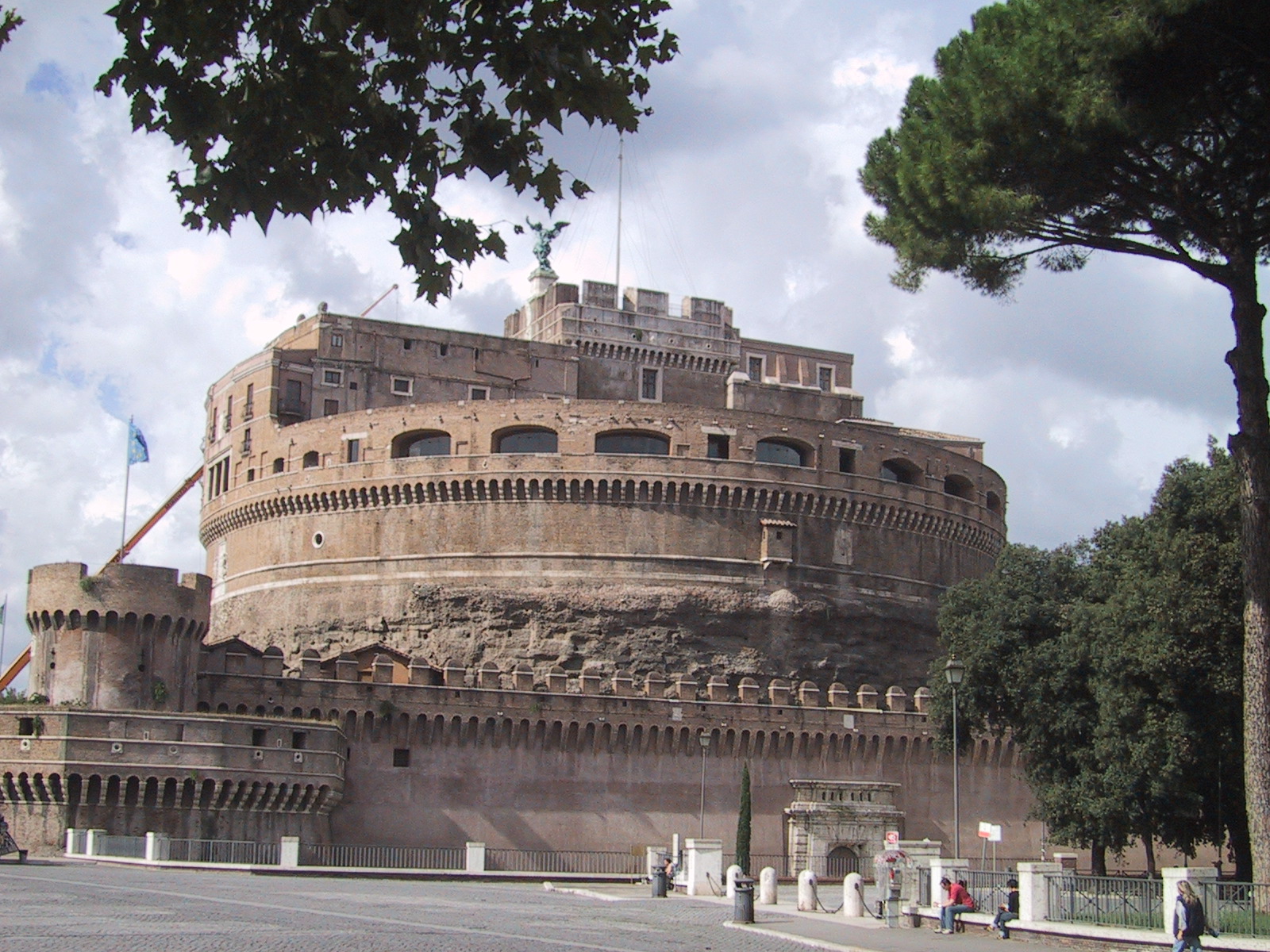
FileRoma Hadrian mausoleum.jpg Wikimedia Commons
The Mausoleum of Hadrian is a Roman architectural tour de force that attracts nearly 7.1 million tourists each year. An all-in-one representation of Rome's archaeological heritage, the Mausoleum of Hadrian evolved from a tomb to a military fortress and a palace.

Top 10 List of World's Most Famous Mausoleums and Tombs
The Mausoleum of Hadrian, now known as Castel Sant'Angelo is a towering cylindrical building in Parco Adriano, Rome. It was commissioned by the Roman Emperor Hadrian as a mausoleum for himself and his family. The building was later used by the popes as a fortress and castle. It is now a museum. The structure was once the tallest building in Rome.
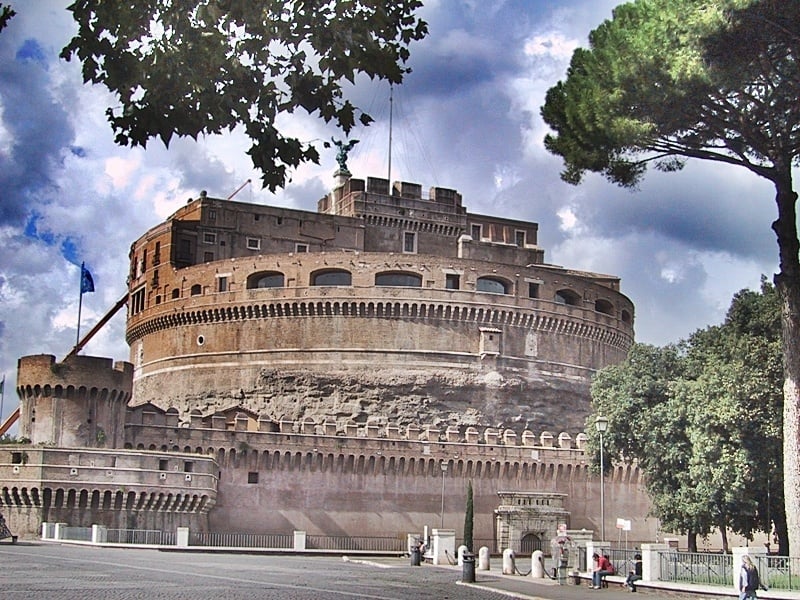
Castel Sant'Angelo Hadrian's Mausoleum Archaeology Travel
Castel Sant'Angelo in Rome was originally constructed as the magnificent Mausoleum of Hadrian, the fourteenth emperor of Rome from 117AD to 138AD. History of Castel Sant'Angelo. It is unclearly as to exactly when Castel Sant'Angelo was built, but most sources date it to between 134 and 139 AD. Hadrian's ashes were deposited here.
The Mausoleum of Hadrian in Rome, Italy (Photo credit to Tatjana Djukic) [4032 x 3024] wallpapers
The Mausoleum of Hadrian, also known as Castel Sant'Angelo ( Italian pronunciation: [kaˈstɛl sanˈtandʒelo]; English: Castle of the Holy Angel ), is a towering rotunda (cylindrical building) in Parco Adriano, Rome, Italy. It was initially commissioned by the Roman Emperor Hadrian as a mausoleum for himself and his family.
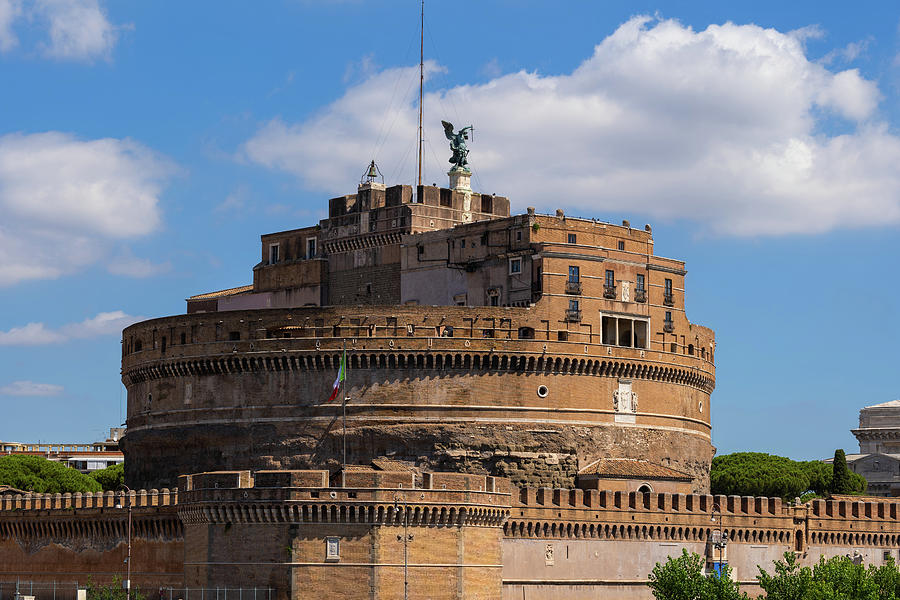
Mausoleum of Hadrian In Rome Photograph by Artur Bogacki Pixels
Official Name: Castel Sant'Angelo, also known as Mausoleum of Hadrian. Location: Lungotevere Castello, 50, 00193 Roma RM, Italy Architect: Believed to have been designed by Emperor Hadrian himself or his architects. Date of opening: The Mausoleum of Hadrian, which later became Castel Sant'Angelo, was completed in 139 AD. Function: Museum
The Mausoleum of Hadrian, build in 123139 CE as a Mausoleum for the Roman Emperor Hadrian and
Castel Sant'Angelo, also called Hadrian's Mausoleum, is a grandiose decorated cylindrical building. It was originally commissioned by the Roman emperor as a tomb for himself and his family. Built in: 123-139 d.C. Ordered by: the Emperor Hadrian
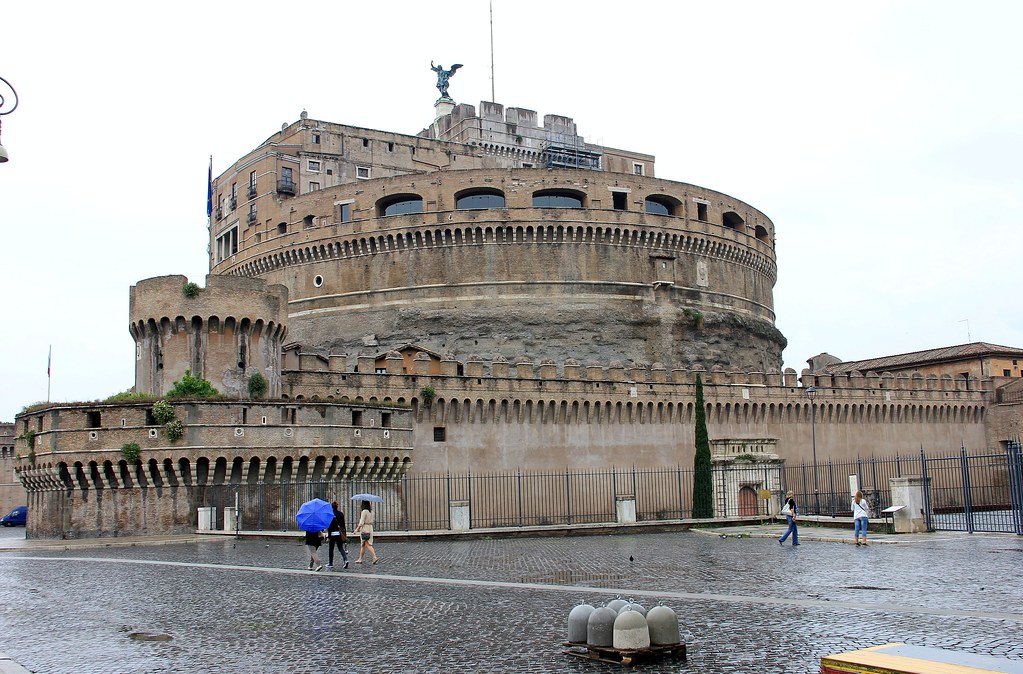
Mausoleum of Hadrian/Castel Sant'Angelo Flickr
Artioli, R., Castel S. Angelo (Rome, 1923), p. 23 Google Scholar, identifies the four horses of S.Mark's, Venice, with the horses of the angles of the square base of the Mausoleum. He says their style is that of the time of Hadrian, but gives no further historical facts for the support of his hypothesis.

The Mausoleum of Hadrian, usually known as Castel Sant'Angelo a towering cylindrical building in
Inscription inscribed on the mausoleum of Hadrian. Probably set up in 139 CE. The inscription is now lost. Imperator Caesar Aelius Hadrian Antoninus Augustus Pius, pontifex maximus, twice holder of tribunican power, twice consul, three times consul designate, Father of his country, for his parents, Imperator Caesar Hadrian Augustus, son of.
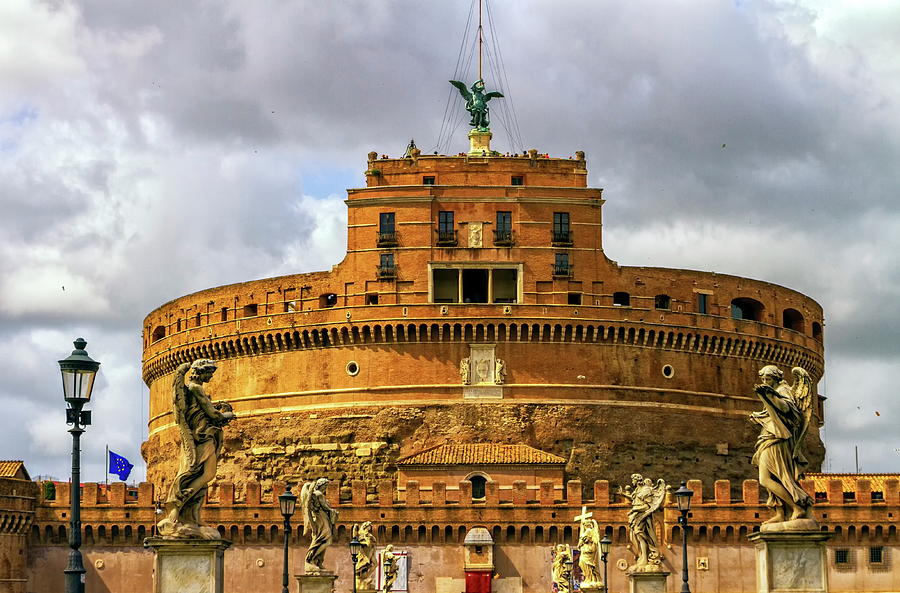
Castel Sant'Angelo or Mausoleum of Hadrian, Rome, Italy Photograph by Elenarts Elena Duvernay
Castel Sant'Angelo, also known as Hadrian's Tomb, which is a fortress located by walking across the Ponte Sant'Angelo. A magnificent sight in itself as you will be able to admire Bernini's work, with ten white marble angel statues on either side of the bridge. However, these statues were placed here during the end of the 17th century.

The Mausoleum of Hadrian, usually known as Castel Sant'Angelo, is a towering cylindrical
Hadrian's mausoleum, now known at Castel Sant'Angelo, is today one of the most important historical sites in Rome and a museum. Take a guided tour of Hadrian's burial place and see the Pope's apartments, or explore the mausoleum-come-castle at your own pace. Thomas Dowson Last Checked and/or Updated 23 January 2023 No Comments Italy, Rome

Mausoleum of Hadrian known as Castel Sant'Angelo, Rome, 135138. The walls and the watch
Dr. Paolo Vitti March 31st at 7:30 p.m. The Memorial Art Gallery, M&T Bank Ballroom Free and Open to the Public. This lecture presents a new architectural analysis on the Mausoleum of Hadrian in Rome, whose internal distribution and exterior appearance has remained an enigma for scholars studying the ancient architecture of the city of Rome.
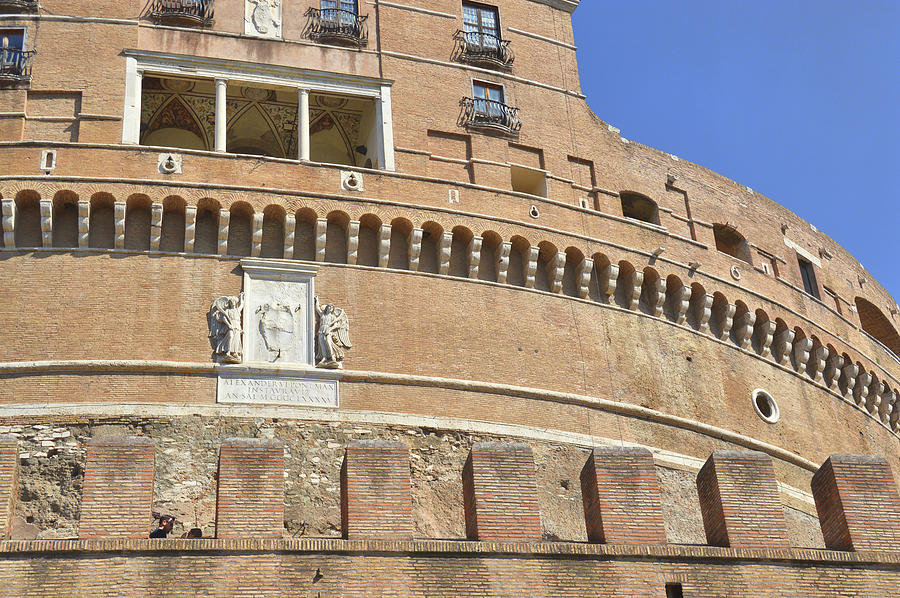
Mausoleum Of Hadrian Photograph by JAMART Photography Fine Art America
The Mausoleum of Hadrian - Saint Angel Castle Located on the right bank of the Tiber, a few steps from the Vatican which it is connected to by the " Passetto di Borgo ", Castel Sant'Angelo, also known as "Mole Adriana" and Mausoleum of Hadrian, is one of the most famous and visited monuments in Rome.